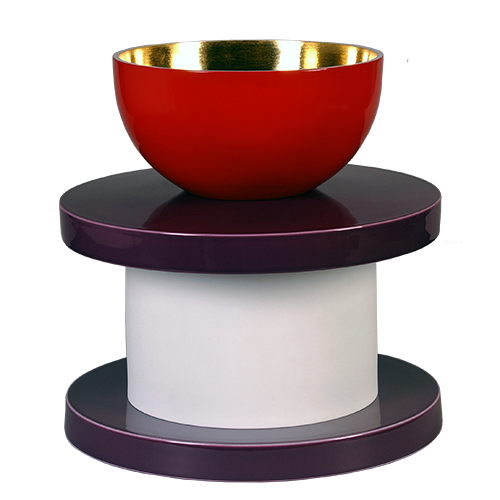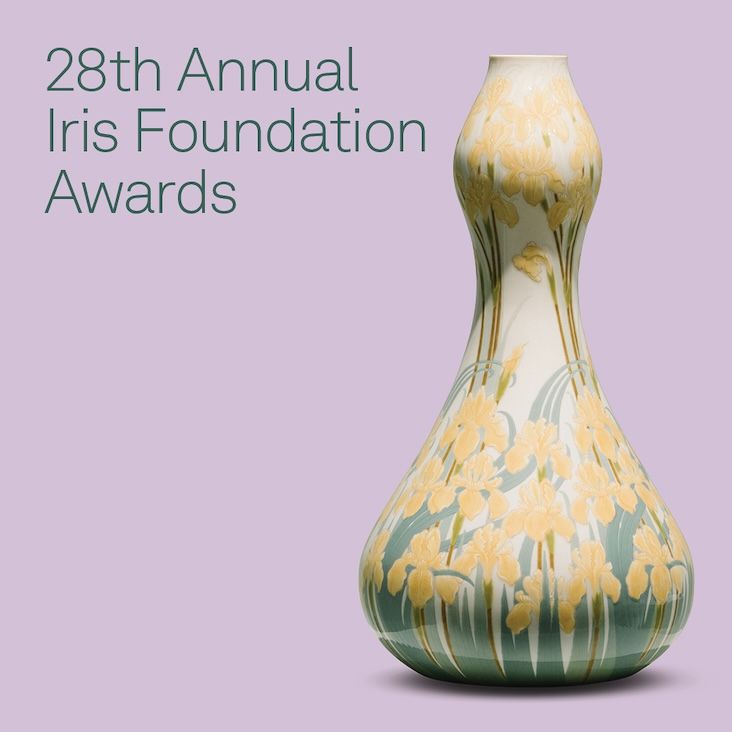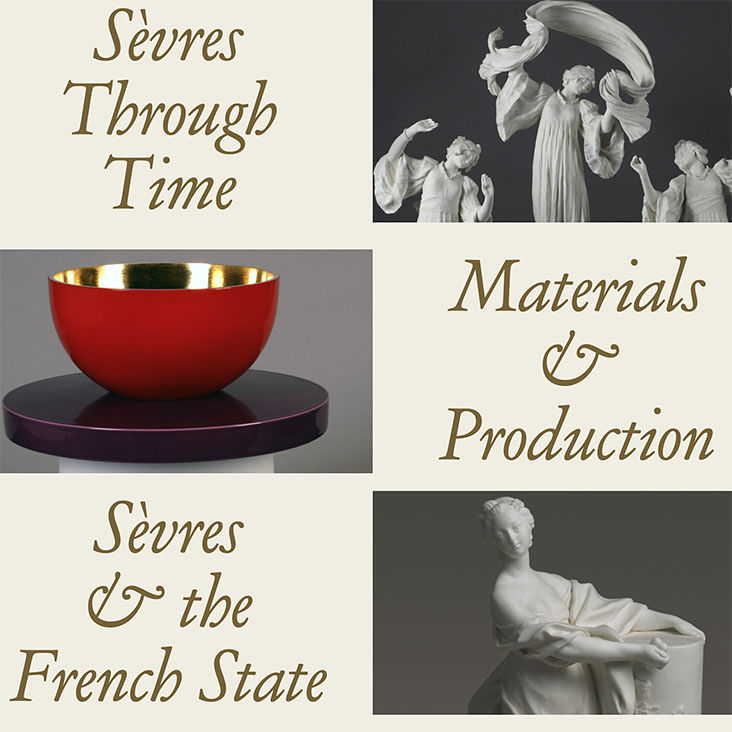









38 West 86th St.
New York, NY 10024
212.501.3000
admissions@bgc.bard.edu
18 West 86th St.
New York, NY 10024
212.501.3023
gallery@bgc.bard.edu
BGC Gallery is currently closed.
38 West 86th St.
New York, NY 10024
212.501.3000
admissions@bgc.bard.edu
18 West 86th St.
New York, NY 10024
212.501.3023
gallery@bgc.bard.edu
BGC Gallery is currently closed.
Synthetic Dyes in Early Meiji Japanese Prints
November 4, 2015
12:00 – 1:30 pm
Stephanie Su will speak in the Work-in-Progress series on Wednesday, November 4, 2015. Her talk is entitled “Color Matters: Synthetic Dyes in Early Meiji Japanese Prints.”
Stephanie Su is the Andrew W. Mellon Postdoctoral Fellow in Cultures of Conservation at Bard Graduate Center. Her research interests include Chinese and Japanese visual and material cultures, the materiality of colors, the history of display and collecting, and the politics of the past. She received the PhD in 2015 from the University of Chicago, where she completed a dissertation titled Entangled Modernities: The Representation of China’s Past in Early Twentieth Century Chinese and Japanese Painting. Her research has been supported by fellowships from the Association of Asian Studies, the Toyota Dissertation Fellowship, France Chicago Center, etc. She has published articles on both Chinese and Japanese art, including “Recent Trends and Future Directions of Overseas Chinese Art Exhibitions” (forthcoming); “Traduire la peinture d’histoire: Xu Beihong et Confucianisme dans la Chine modern” in Philippe Cinquini, ed., Un maître et ses maîtres: Xu Beihong et la peinture académique française (2014); “Classicizing Creative Prints: Yamamoto Kanae in France,” in Anne Leonard, ed., Awash in Color: French and Japanese Prints (2012); and “Ruins as Sites of Modernity: Yan Wenliang’s Representation of Roman Ruins in 1930,” in Majella Munro, ed., Modern Art Asia (2012).
Drawing on her current project with the Metropolitan Museum of Art, Stephanie Su’s WIP presentation reveals that the use of colors in early Meiji Japanese prints is a far more complicated story than usually assumed. Much of the reception of Japanese prints from the Meiji era (1868-1912) has been tied to their use of saturated and bright colors, particularly purple and red, in contrast to the faded colors preferred in the earlier “golden age,” as in prints by Kitagawa Utamaro (1753-1806). On the one hand, Meiji prints have been perceived as gaudy and violent, partly because of their subject matter. On the other hand, bright colors have been associated with industrialization and Westernization, since many of these synthetic dyes were imported from the West. This East-West model has dominated a binary narrative whereby traditional Japanese artists loved natural, organic pigments extracted from plants, whereas Meiji artists’ embrace of synthetic dyes from the West eventually led to a period of decline and decadence. Drawing on approaches from art history, technical art history, and conservation science, the presentation traces the production, circulation and aesthetic expression of colors and their meanings in Japanese prints during the transition from the Edo (1615-1868) to the Meiji periods.
Coffee and tea will be served; attendees are welcome to
bring their own lunch.
RSVP is required.
38 West 86th St.
New York, NY 10024
212.501.3000
admissions@bgc.bard.edu
18 West 86th St.
New York, NY 10024
212.501.3023
gallery@bgc.bard.edu
BGC Gallery is currently closed.
